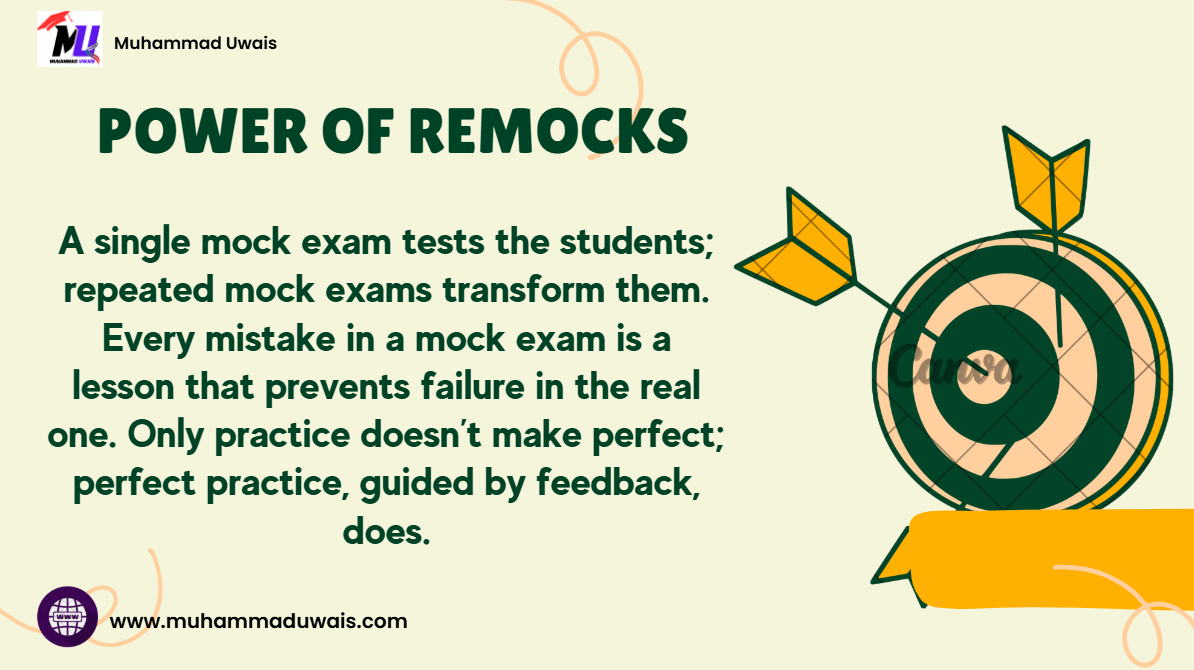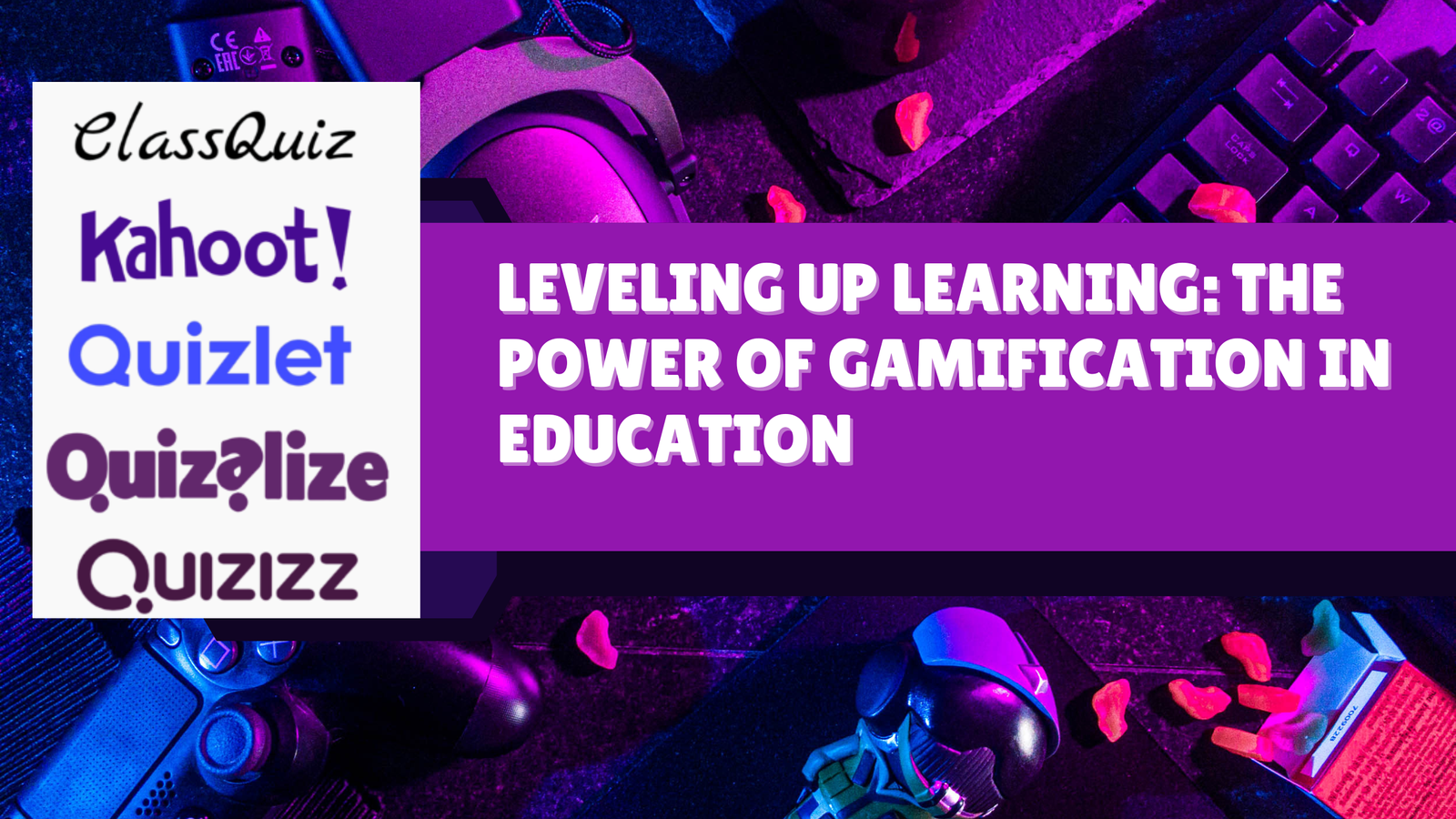Introduction
The integration of Artificial Intelligence (AI) in education is transforming traditional learning paradigms, offering students unprecedented control over their educational journeys. Self-paced learning, a model where students progress at their own speed, is significantly enhanced by AI-driven technologies. AI-powered platforms cater to individual needs, provide personalized feedback, and facilitate interactive learning experiences. As education shifts from a one-size-fits-all approach to a more flexible and student-centered model, AI plays a crucial role in fostering autonomy, motivation, and engagement.
This article explores the impact of AI on self-paced learning, its benefits, challenges, and future implications.
Understanding Self-Paced Learning
Self-paced learning allows students to learn at their own rhythm, accessing educational resources as needed without strict deadlines. This approach contrasts with traditional classroom settings where all students must adhere to a fixed schedule. Self-paced learning is particularly beneficial for:
- Diverse Learning Needs: Students with different learning speeds can grasp concepts at their own pace.
- Busy Schedules: Working professionals or students with extracurricular commitments can learn when convenient.
- Skill Development: Learners can focus more on areas where they struggle rather than following a rigid syllabus.
- Accessibility: Students from various backgrounds can access education at their convenience, overcoming geographical and time constraints.
How AI Enhances Self-Paced Learning
1. Personalized Learning Paths
AI analyzes student data to create personalized learning experiences. Adaptive learning platforms track performance, identify strengths and weaknesses, and adjust content accordingly.
- Adaptive Learning Platforms: AI-powered platforms such as Coursera, Khan Academy, and Duolingo customize content based on user interactions.
- Customized Assessments: AI generates quizzes tailored to individual student progress, ensuring a better grasp of concepts.
- Smart Content Recommendation: AI suggests relevant reading materials, videos, and exercises based on learning patterns.
2. 24/7 Accessibility & Instant Feedback
AI-driven educational platforms operate round the clock, allowing students to study anytime, anywhere.
- AI Chatbots & Virtual Tutors: Tools like ChatGPT and IBM Watson provide instant explanations and answer queries in real-time.
- Automated Grading: AI evaluates assignments, quizzes, and even subjective essays, offering immediate feedback.
- Error Analysis & Correction: AI helps students understand their mistakes by providing explanations and alternative approaches.
3. Interactive & Engaging Learning Methods
AI-powered tools make learning more engaging through:
- Gamification: AI-driven games and challenges enhance motivation and retention.
- Immersive Learning with AR/VR: AI integrates Augmented Reality (AR) and Virtual Reality (VR) for hands-on experiences in subjects like science and history.
- AI-Powered Simulations: Simulated environments provide real-world problem-solving opportunities in areas like medicine, engineering, and business.
4. Bridging Learning Gaps & Enhancing Retention
AI identifies gaps in knowledge and provides tailored exercises to strengthen weak areas.
- Microlearning Modules: Short, focused lessons ensure better retention of concepts.
- Spaced Repetition Systems (SRS): AI schedules reviews of learned material at optimal intervals to reinforce memory.
- Concept Reinforcement: AI suggests additional exercises and explanations when a student struggles with a topic.
5. Encouraging Independent Learning & Critical Thinking
Self-paced learning nurtures independence and critical thinking, essential for lifelong learning.
- AI-Powered Research Tools: AI assists students in conducting research efficiently, filtering relevant information.
- Open-Ended AI Interactions: AI encourages students to ask questions, analyze different perspectives, and engage in problem-solving.
- AI-Assisted Creativity: AI tools generate ideas for essays, projects, and creative writing, stimulating innovation.
The Role of AI in Student Autonomy
Student autonomy is key to self-paced learning. AI enhances autonomy by:
- Providing Learning Independence: Students control what, when, and how they learn.
- Empowering Decision-Making: AI suggests but does not enforce learning paths, allowing students to make informed choices.
- Encouraging Self-Assessment: AI-driven analytics provide progress insights, helping students evaluate their learning.
Challenges & Ethical Considerations
Despite its advantages, AI-driven self-paced learning presents challenges that need addressing:
1. Digital Divide & Accessibility Issues
Not all students have equal access to AI-driven platforms due to:
- Internet Connectivity Problems
- Limited Access to AI Tools in Underprivileged Regions
- High Costs of Advanced AI Platforms
2. Over-Reliance on Technology
Excessive dependence on AI may:
- Reduce traditional interpersonal learning experiences.
- Limit development of social and communication skills.
- Lead to passive learning if students overly rely on AI-generated answers.
3. Data Privacy & Security Concerns
AI systems collect vast amounts of student data, raising concerns about:
- Data Security Risks
- Student Privacy Violations
- Potential AI Bias in Personalized Learning Paths
4. Lack of Human Interaction & Emotional Intelligence
AI cannot replace the emotional intelligence and mentorship provided by human teachers. Self-paced learners might:
- Miss out on peer collaboration.
- Struggle with motivation without human encouragement.
- Require teacher intervention for complex emotional and cognitive needs.
Future Implications of AI in Self-Paced Learning
AI will continue to shape self-paced learning in various ways:
1. More Advanced Adaptive Learning
Future AI models will:
- Predict learning patterns more accurately.
- Provide deeper insights into cognitive strengths and weaknesses.
- Offer real-time coaching tailored to emotional and motivational states.
2. Integration with Emerging Technologies
AI will collaborate with:
- Blockchain for Secure Credentials: Ensuring verifiable and tamper-proof learning records.
- 5G & Cloud Computing: Enabling seamless and fast access to AI-driven educational tools.
- Neurotechnology: Personalizing learning based on brain activity and cognitive load analysis.
3. Hybrid Learning Models
The future of AI in education will blend:
- AI-driven self-paced learning with traditional classrooms.
- Virtual AI tutors supporting in-person instruction.
- AI-assisted peer learning through collaborative platforms.
4. Greater Focus on Human-AI Collaboration
Rather than replacing educators, AI will work alongside them to:
- Provide real-time insights into student progress.
- Automate repetitive tasks, allowing teachers to focus on mentorship.
- Enhance classroom engagement with AI-generated interactive content.
Conclusion
AI-powered self-paced learning is revolutionizing education, offering students unprecedented autonomy in their learning journeys. By providing personalized learning experiences, instant feedback, and engaging tools, AI fosters independent learning and critical thinking. However, challenges like the digital divide, over-reliance on technology, and data privacy concerns must be addressed to create an inclusive and balanced learning ecosystem.
The future of education lies in a hybrid model where AI and human educators collaborate to empower students with knowledge, skills, and adaptability. With responsible implementation, AI will continue to drive self-paced learning, shaping a more personalized, accessible, and student-centered educational experience.
As AI advances, the goal remains clear: to create learners who are not only knowledgeable but also self-reliant, innovative, and ready for the challenges of an AI-driven world.



